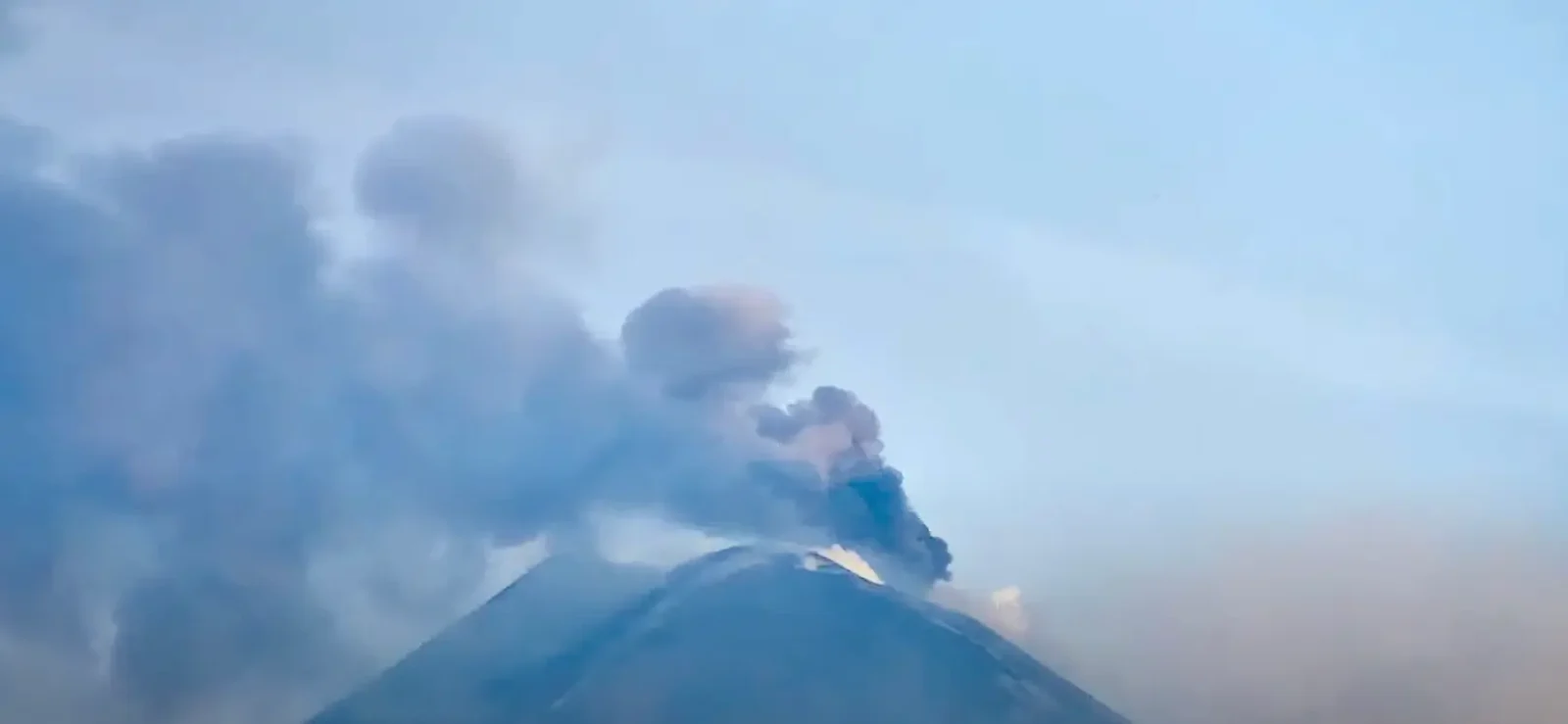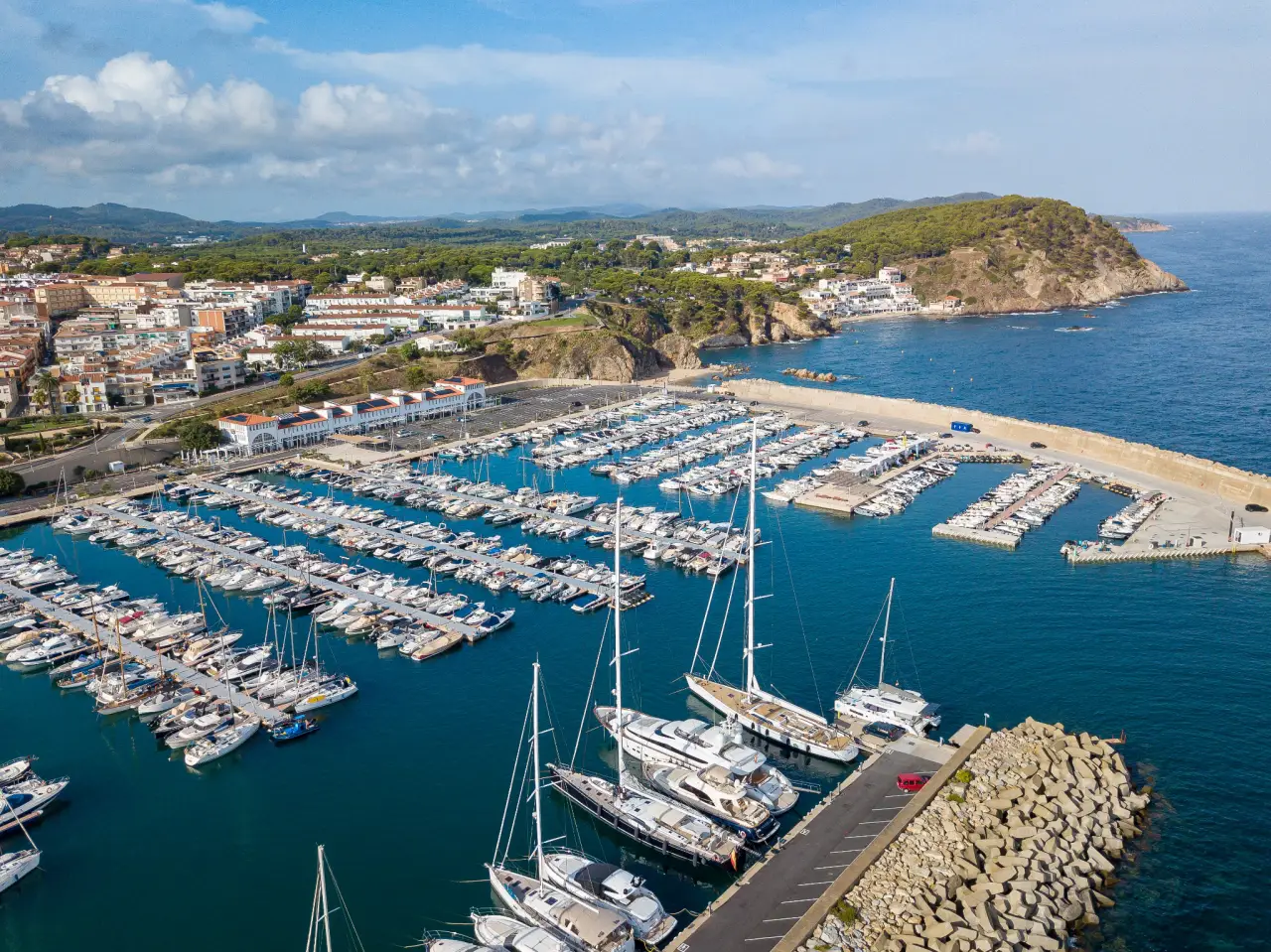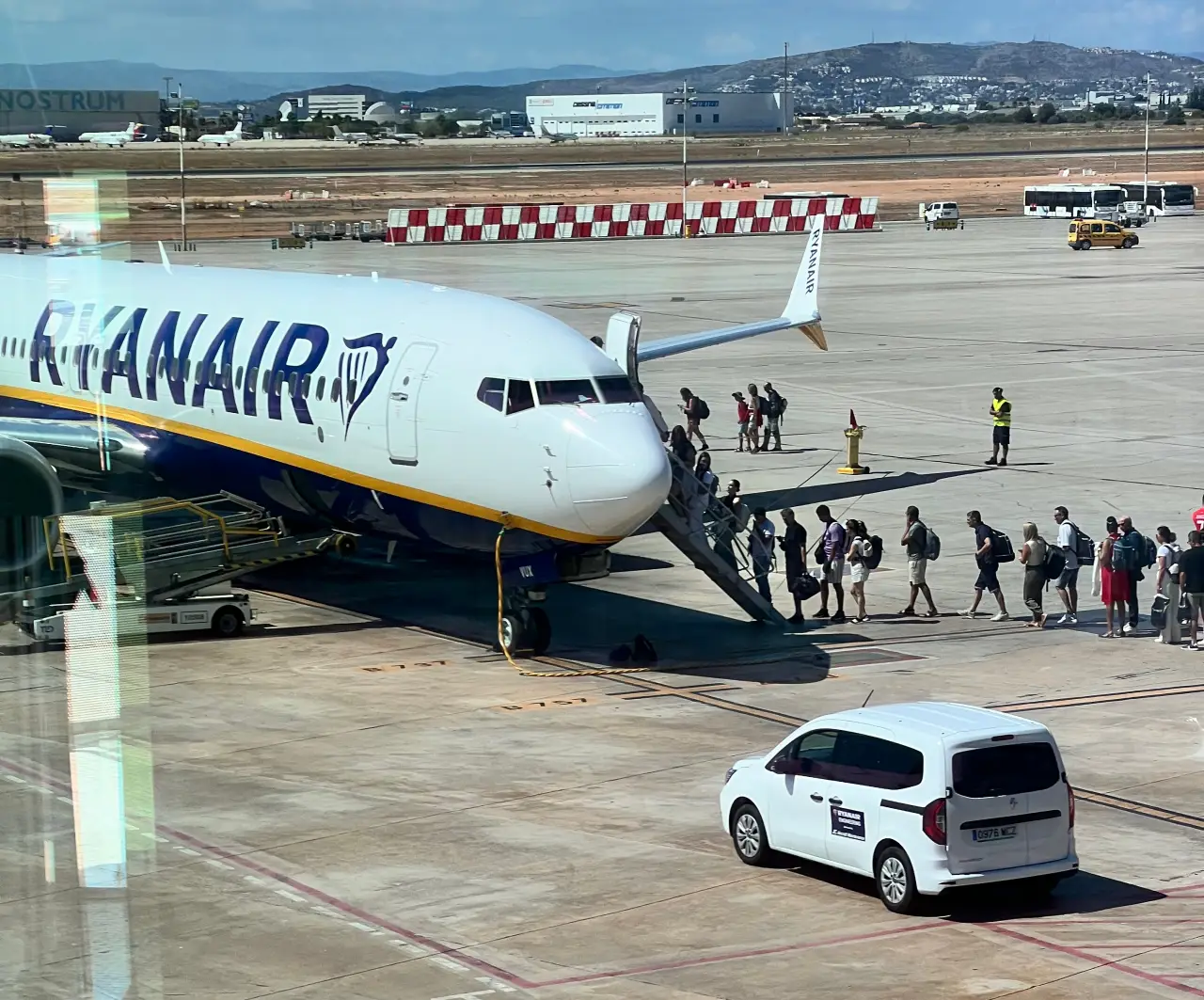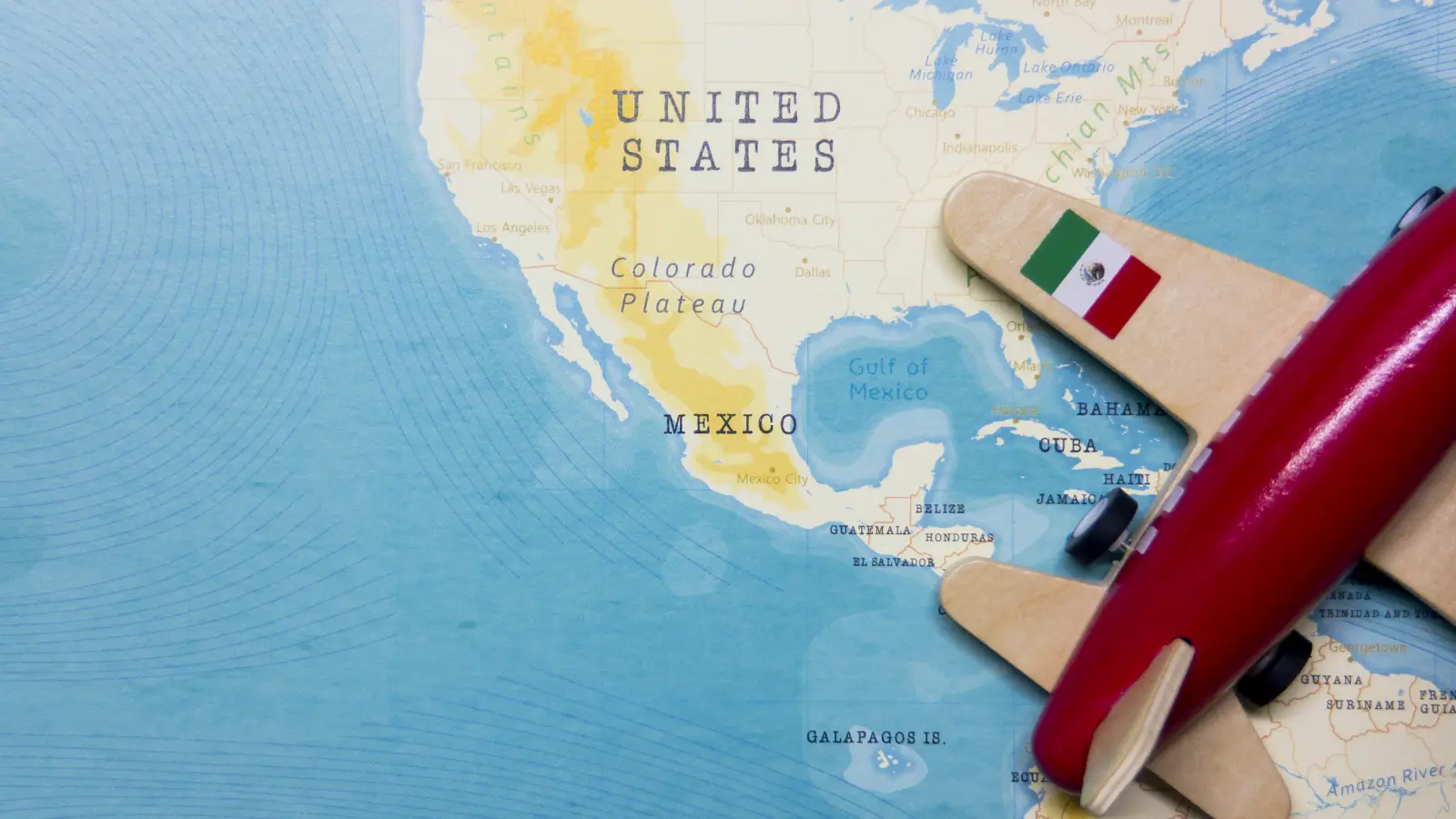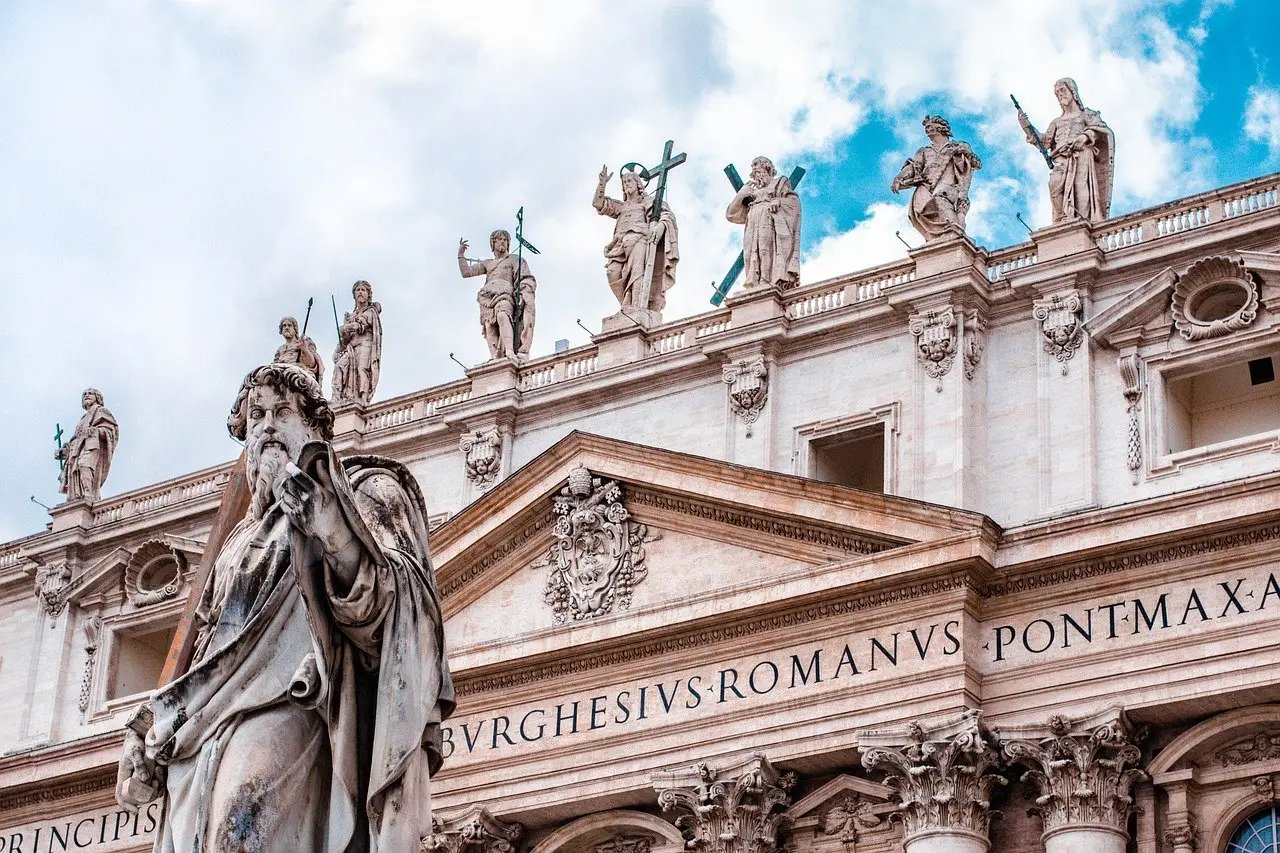Mt. Etna’s volcanic activity grounds flights across southern Italy, as clouds of ash from Europe’s highest active volcano continue to disrupt air traffic at Catania Airport in Sicily.
The airport, which serves as a vital hub for southern Italy, announced that its southeast airspace would remain closed until 6:30 p.m. local time on Monday, urging passengers to check with their airlines for flight updates. While departures were not restricted, several airlines canceled domestic and international flights, leading to frustration among travelers.
In the past 24 hours, 32 flights have been diverted, according to Italian broadcaster Rai News, and the volcanic activity has shown no signs of slowing down. The eruption began a week ago when lava started seeping from a crack on Mt. Etna’s southern slope near the Bocca Nuova crater, one of the volcano’s most active vents. Since then, the eruption has intensified, sending thick plumes of ash into the sky and forcing temporary airspace closures, including on Sunday.
Mt. Etna, towering at 3,357 meters (11,014 feet), is not only the highest active volcano in continental Europe but also one of the most iconic landmarks in Italy. Located on the island of Sicily, the volcano has erupted frequently throughout history, attracting tourists, scientists, and thrill-seekers alike. Despite its frequent eruptions, Mt. Etna remains a top tourist destination, with many visitors eager to hike its slopes, explore its craters, and witness its raw power firsthand.
The volcano’s current activity comes after a relatively calm period following a major eruption in December 2023. However, the calm was short-lived, as Mt. Etna experienced a series of smaller eruptions last summer before this latest surge. The volcanic ash now spewing from its crater poses significant challenges for air travel, as fine particles can damage aircraft engines, reduce visibility, and compromise passenger safety.
The disruption at Catania Airport has affected both locals and international tourists, many of whom are drawn to Sicily for its rich history, stunning landscapes, and unique cultural heritage. The island is home to ancient Greek ruins, picturesque coastal towns, and vibrant markets, making it a favorite destination year-round. However, the ongoing volcanic activity serves as a reminder of the natural forces that have shaped Sicily’s landscape for centuries.
In 2013, Mt. Etna and its surrounding areas were designated a UNESCO World Heritage Site, highlighting its geological significance and its impact on local culture and economy. The volcano’s eruptions have not only influenced the region’s fertile soil, ideal for vineyards and agriculture, but also inspired local legends and folklore.
As authorities monitor the situation, travelers are advised to stay updated on flight schedules and potential changes. The eruption has sparked curiosity and concern, with many wondering how long the disruptions will last and whether more eruptions are imminent.

